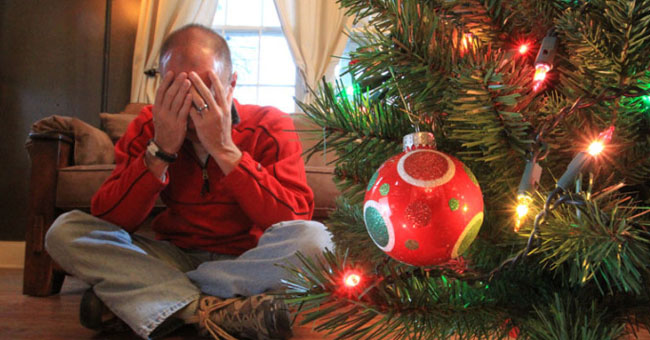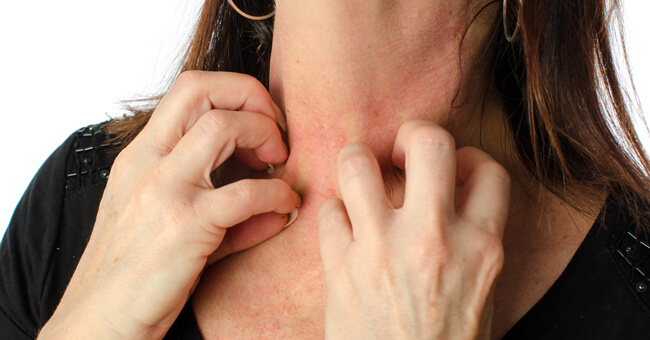What we call “holiday blues” are actually a documented disorder that we refer to as Seasonal Affective Disorder or SAD.
In most cases, SAD is more prevalent in late fall through early new year, and can be as simple a case as “winter blues” or “seasonal funk” to an outright and very high risk situation that can lead to use or increased use of alcohol, drugs and thoughts of suicide.
SAD occurs more often when time changes and cold weather bring on dark and gloomy days in the late fall. It’s a perfect tripwire, so to speak, into full-blown holiday depression.
The holidays are the most common time of the year for depression for many reasons.
In many cases, the holidays bring back memories – both fond and sad – of favorite people who have passed on … of holiday traditions that are no longer observed … of friends, lovers and spouses who have cut ties … and even holiday moments and memories that were difficult to endure.
Holidays also bring people together who shouldn’t necessarily be together! Families and individuals in long-standing conflict seem to find it a requirement to get together at this time of year, knowing full well that bitterness, resentment or anger is bound to show up as a guest as well.
Then, of course, there’s the elevated stress around the holidays – the shopping, financial issues, demanding children, increased events, increased cooking, and that whole jolly sheen that everyone but you seems to be feeling.
SAD or holiday blues first show signs in fatigue, irritability, hypersensitivity, oversleeping and all-around low-energy or a leaden feeling in one’s arms and legs.
As SAD increases, the symptoms grow more severe including feeling depressed most of the day and nearly every day, feeling hopeless or worthless, feeling left out or excluded, changes in appetite or weight, and having frequent thoughts of death or suicide.
While most people afflicted with the holiday blues think they will be able to drag themselves through the holidays and emerge “OK” on the other side, it’s important to recognize the danger signs. If you or someone you care for feels down for days at a time, oversleeps or sleeps through most of the day, and/or just can’t motivate to do the activities they enjoy, it’s time to take action. Further, if you find they are turning to alcohol or drugs for comfort or “masking,” please make an appointment with me or another doctor of choice. It is crucial that this very real disorder be addressed and imbalances corrected.
Yes, the holidays create stress at one point or another in everyone’s life, but they’re not supposed to be endured or drifted through. See what just a simple shift and plan from your doctor can do for your improved holiday perspective.
photo ©Thomas Wells




